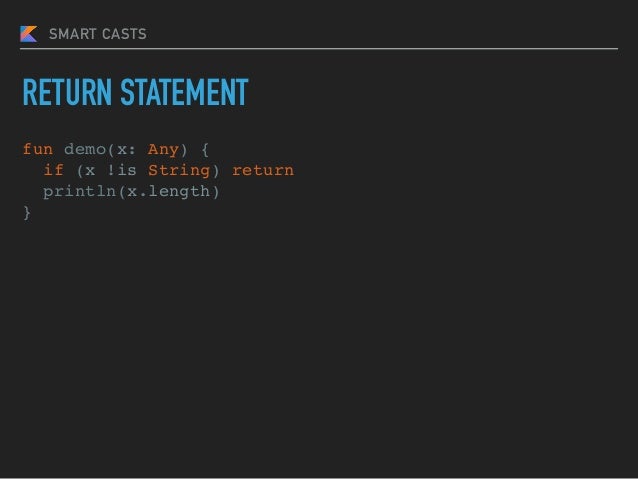

Build and run on a device to see how the app looks. Tempco is a single-screen app for converting temperature values between Fahrenheit, Celsius and Kelvin measurement units. In this tutorial, you’ll use the Tempco app. If you aren’t familiar with Android Studio or you haven’t installed it yet, refer to our Beginning Android Development tutorials.ĭownload the starter project by clicking the Download Materials button at the top or bottom of the tutorial. Note: This tutorial assumes a basic knowledge of Android Studio and Kotlin.
The difference between static values and inline values.  The way to declare a constant and where to use it. The difference between lazy initialization and late initialization. How to declare immutable values and where to use them. How to declare mutable values, also known as variables, and where to use them. In this tutorial, you’ll implement them and discover more about the differences between them. There are three possible ways of creating values in Kotlin - by using var, val and const val before a value name. Considering Kotlin has several ways to define values across code, you probably had a hard time finding the best suitable solution.įinally, here’s a tutorial to address all your doubts! :] If the answer is yes, you most likely wondered if you should define those values inside or outside a class and which keywords you need to use. Have you ever had to declare a counter field or save an index of the last selected item in a list? Or did you need to save a license key for a third-party library such as Google Maps? You can define private, protected, and internal methods for interface in these ways.Values and mutability are features all programming languages need to provide. Here are some useful techniques in such cases. Have you ever wanted to define private, protected, and internal methods for your Kotlin interface?īut even if you try to define it normally, you will get a compile error. Private, protected, and internal methods in Interfaces
The way to declare a constant and where to use it. The difference between lazy initialization and late initialization. How to declare immutable values and where to use them. How to declare mutable values, also known as variables, and where to use them. In this tutorial, you’ll implement them and discover more about the differences between them. There are three possible ways of creating values in Kotlin - by using var, val and const val before a value name. Considering Kotlin has several ways to define values across code, you probably had a hard time finding the best suitable solution.įinally, here’s a tutorial to address all your doubts! :] If the answer is yes, you most likely wondered if you should define those values inside or outside a class and which keywords you need to use. Have you ever had to declare a counter field or save an index of the last selected item in a list? Or did you need to save a license key for a third-party library such as Google Maps? You can define private, protected, and internal methods for interface in these ways.Values and mutability are features all programming languages need to provide. Here are some useful techniques in such cases. Have you ever wanted to define private, protected, and internal methods for your Kotlin interface?īut even if you try to define it normally, you will get a compile error. Private, protected, and internal methods in Interfaces






 0 kommentar(er)
0 kommentar(er)
